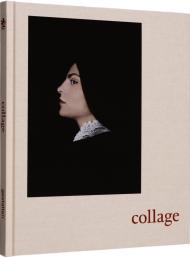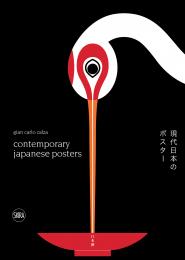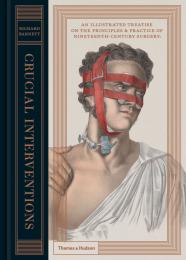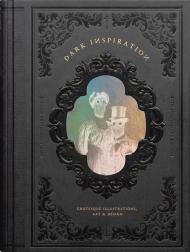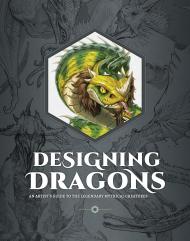Незважаючи на те, що людській природі властиво ходити навшпиньки навколо незручного, деякі художники надихаються тривожним станом на створення інтригуючих творів мистецтва, які розсувають межі нормального та спонукають глядачів досліджувати свої страхи та табу. Є й інші, які використовують їх як плацдарм уяви, щоб висловити свої найпотаємніші почуття та поставити під сумнів часто похмурі реалії існування. У зв’язку з 20-річчям Victionary нове видання Dark Inspiration об’єднує більшість проектів із перших двох однойменних бестселерів разом із новою роботою в одне м’ясне свято жахливого. З моторошними зображеннями дитячих мрій, фольклору, таємниць і смерті в різноманітних стилях і інтерпретаціях кожен проект є нетрадиційним святкуванням життя в усій його жахливості.
_________
У темному й гротескному є щось хворобливо захоплююче. Незважаючи на те, що людській природі властиво ходити навшпиньки навколо незручного (або взагалі уникати цього), деякі художники надихаються тривожним станом на створення інтригуючих творів мистецтва, які розсувають межі нормального та спонукають глядачів досліджувати свої страхи та табу. Є й інші, які використовують їх як плацдарм уяви, щоб висловити свої найпотаємніші почуття та поставити під сумнів часто похмурі реалії існування.
За внесками: Айтч, Акіно Кондох, Александра Валішевська, Алессандро Сіціолдр Б’янкі, Алекс Гарант, Еліс Лін, Амандін Урруті, Одрі Кавасакі, Бене Ролманн, Даду Шин, Ден Хіллієр, Даніель Мартін Діаз, Денні Ван Рисвік, Девід Хо, Дромсел, Ееро Лампінен, Ейка, Еліза Анкорі, Ерік Марк Сендберг, Евелін Бенчікова, Фабіан Мерель, Фіона Робертс, Франческо Брунотті, Франсуа Робер, Фуко Уеда, Габріель Ісак, Джакомо Карманьола, Гім Тіо Сарралукі, Ханнес Хуммель, Хейко Мюллер, Джеймс Жан, Януз Міраллес, Джефф Макміллан, Джессі Ауерсало, Джим Джонсон Цанг, Джон Бейнарт, Жюль Джульєн, Джастін Нельсон, Кейт Макдауелл, Кеті Хоран, Каян Квок, Кім Сімонссон, Котаро Чіба, Лала Галлардо, Лола Дюпре, Lostfish, Маріана Магдалено, Мерве Моркоч (Лакорміс), Міа Мекіло, Майкл Ріді, Міранда Мікс, Надя Йованович, Ніколетта Чекколі, Олег Доу, Олівія Кнапп, Паола Рохас Х і Девід Перес, Пол Голлінгворт, Раффаелло Де Віто, Рауль Опреа, він же Саддо, Річард Колман, Райан Олівер, Серхіо Мора / Агентство Раш, Тара Макферсон, Тіл Рабус, Тім Лі, Їдо, Йосітоші Канемакі, Юка Ямагучі, Юрій Устинау та Чжоу Фан






